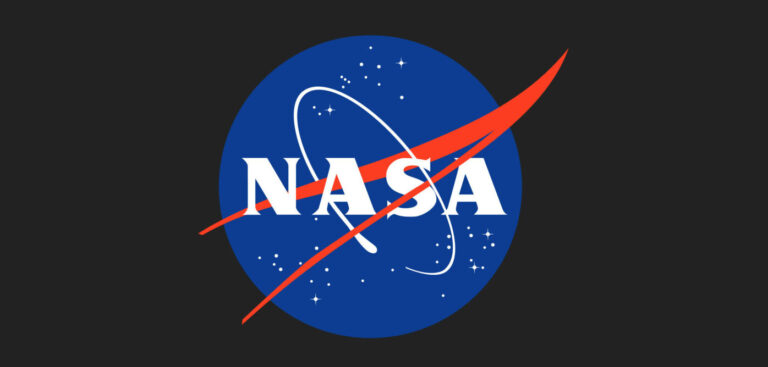President Joe Biden’s fiscal year 2023 budget intends to increase NASA’s Earth science funding for climate and weather monitoring and measurement to US$2.4bn.
The budget will be allocated to Earth-observing satellites and related research which is expected to enhance NASA’s ability to improve the world’s understanding of climate change. The Biden-Harris Administration submitted President Biden’s budget for fiscal year 2023 to Congress on March 28. The budget details his vision to deliver the agenda he laid out in his State of the Union address – to reduce America’s deficit, reduce costs for families, and grow the economy from the bottom up and middle out.
The budget would also provide US$970m for aeronautics research. This includes US$500m to reduce aviation’s climate impact through efforts including a sustainable flight national partnership to develop a next-generation passenger aircraft. To help NASA support commercial space activities, the budget’s US$1.4bn for space technology research and development will develop new technologies and grow the US commercial space industry, create jobs and reduce costs.
To build strategic education collaborations, the Office of science, technology, engineering, and mathematics (STEM) Engagement would be allocated US$150m to improve NASA’s support for educational activities, including those that focus on historically underserved communities.
The budget would also enable missions on and around the moon through Artemis while preparing for Mars exploration. The budget provides US$7.6bn for deep space exploration. Through Artemis missions, NASA will land the first woman and person of color on the lunar surface, deepen the USA’s scientific understanding of the moon and test technologies that will prepare for human exploration of Mars.
Additionally, the budget’s US$4.7bn for common exploration systems development to support lunar missions includes funding for the Orion spacecraft and space launch system (SLS). The budget’s US$1.5bn for astronaut moon landers will enable NASA to increase competition in the development of the final model of transportation needed to take astronauts to the lunar surface.
Bill Nelson, NASA administrator, said, “Greater than a number, statistic or fact is what the President’s budget request represents. This budget reflects the Biden-Harris Administration’s confidence in the extraordinary workforce that makes NASA the best place to work in the federal government. It’s an investment in the businesses and universities that partner with NASA in all 50 states and the good-paying jobs they are creating. It’s a signal of support for our missions in a new era of exploration and discovery.”



